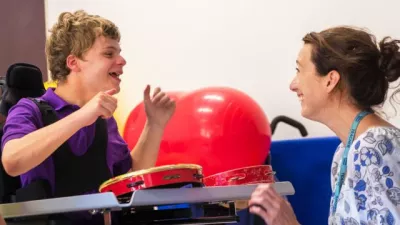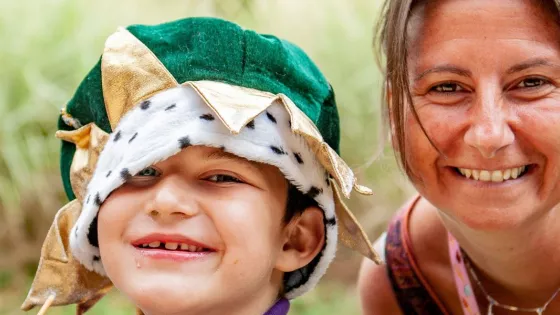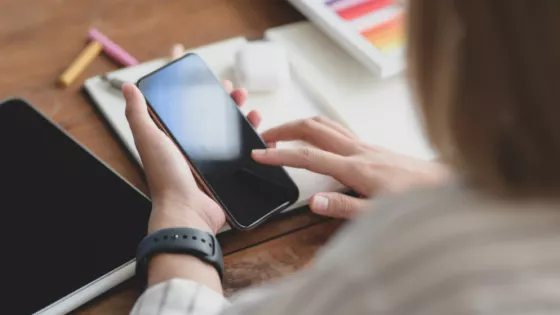Schools support learning, but how can they help the 103,600 children and young people in the UK with epilepsy? Children in a classroom come from diverse cultural backgrounds and have varying abilities and needs. Educators can support them by being aware, receiving training, and communicating openly.
We asked our audience for ways to help young people with epilepsy thrive in school. Here's what they shared with us.
1. Teachers knowing the side effects of medication
Epilepsy is a brain condition that can be treated with medication to reduce symptoms caused by disruptions in mental pathways. Like any other modern medicine they may come with side effects. With epilepsy medications acting directly on the brain, their effects such as drowsiness, difficulty concentrating, memory troubles, can occur and be very affecting.
If a teacher sees this, it may be understandable that they assume the student isn’t paying attention. But if that teacher were aware the student had epilepsy, they could understand that they may be on a medication which is causing side effects.
Read More: Anti-seizure medication
I found the school do not take into consideration the side effects of medication. My young boy has experienced a change in his behaviour and they just put it down to him being naughty. He is the sweetest caring boy who is now having some difficulties.Parent
2. Better staff training
Teachers need more support to know the signs, triggers and care required for young people with epilepsy. A report from 2021 highlighted a lack of staff confidence in managing epilepsy and related medications in schools. However, confidence levels increased when staff had access to training or an expert in epilepsy.
Young people may feel worried if they are not sure that the adult in charge can help them during a seizure. Having reassurance that the teacher can offer aid can help reduce stress. Epilepsy training should be a basic safety exercise, like fire safety and knowing how to help someone who needs CPR.
Read More: Guide for schools, Training courses
3. Get to know your students
Having an awareness of a young person’s specific needs is vital to being able to provide any kind of care. Openly talking with the young person, their parents and/or their GP can easily solve this.
One important way to help a young person with epilepsy is to have an Individual Health Plan. This document lists the person's condition, symptoms, and what to do in case of a seizure. This gives any responsible adult the tools they need to know the signs and provide an actionable response. In an emergency, knowing that students personal needs could make all the difference.
Read More: Individual Healthcare Plans

4. Occasionally asking a student if they need help
Some of the best methods are often the simplest. If a teacher sees a student having trouble, talking to them and offering help is a good starting point. This simple act of cares may make the student feel more comfortable asking for help in the future.
It's normal to need help, and many people with epilepsy are willing to talk about their needs to improve their situation. Talking to young people is an easy way to make schools more inclusive.
Read More: Support & Inclusion
Not all teachers were aware of my epilepsy, so they didn't know how to help until I told them.Young person
5. Diverse teaching materials
Everyone has a naturally, preferred way they learn new information. Some prefer to be hands on and practical, while others prefer to watch or listen. Similarly, a young person with epilepsy may require a different approach to learning. If their teachers are aware of their needs, they can provide the appropriate tools for better learning.


